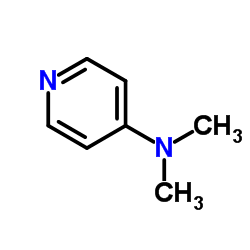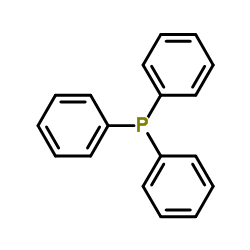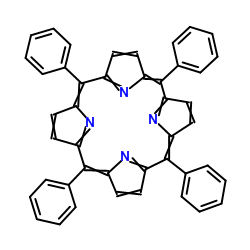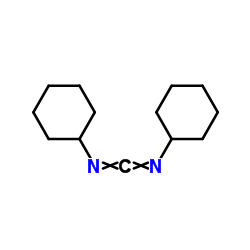| Structure | Name/CAS No. | Articles |
|---|---|---|
 |
Triphenylphosphine resin
CAS:39319-11-4 |
|
 |
Dimethyl sulfoxide
CAS:67-68-5 |
|
 |
6-Bromohexanoic acid
CAS:4224-70-8 |
|
 |
cholesterol
CAS:57-88-5 |
|
 |
4-Dimethylaminopyridine
CAS:1122-58-3 |
|
 |
Acid Red 52
CAS:3520-42-1 |
|
 |
Triphenylphosphine
CAS:603-35-0 |
|
 |
tetraphenylporphyrin
CAS:917-23-7 |
|
 |
8-Octanoyloxypyrene-1,3,6-trisulfonic acid trisodium salt
CAS:115787-84-3 |
|
 |
Dicyclohexylcarbodiimide
CAS:538-75-0 |